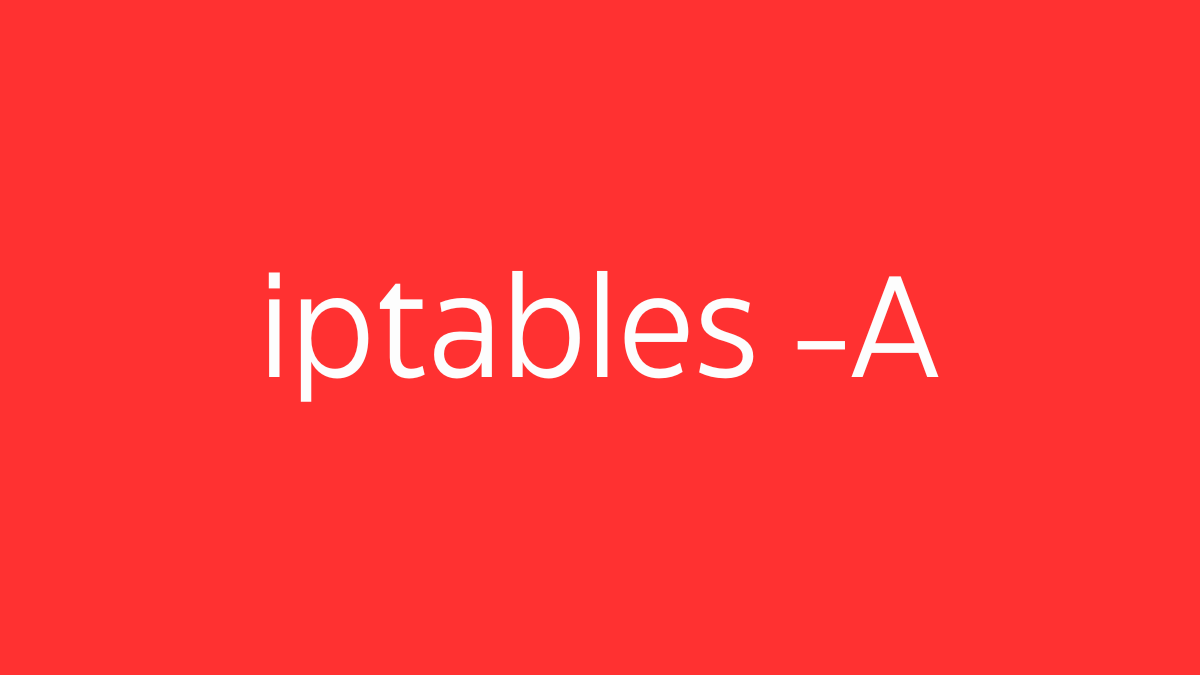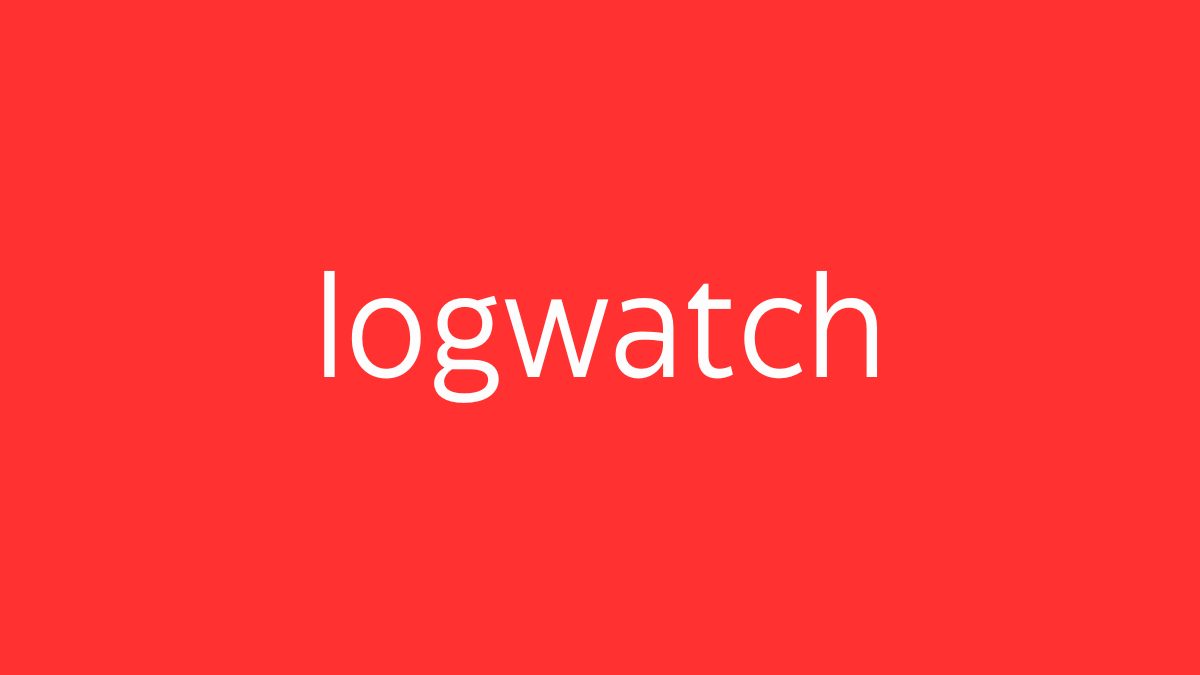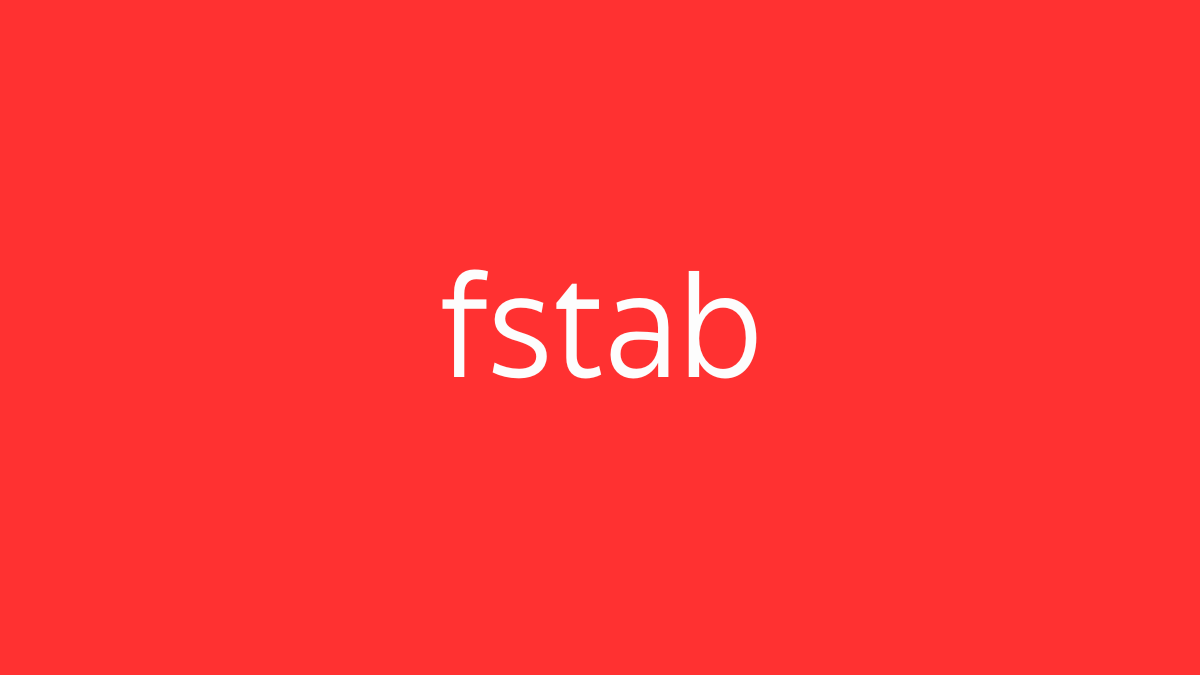The iptables -A command is used to append a new rule to an existing chain in the iptables firewall. iptables is a powerful command-line tool for configuring the Linux kernel’s built-in firewall, allowing you to set up rules for filtering network traffic, performing Network Address Translation (NAT), and managing network security.
Basic Syntax:
sudo iptables -A <chain> [options]- -A: Stands for “append,” meaning the rule will be added to the end of the specified chain.
- : The chain to which you are adding the rule. Common chains include:
- INPUT: For incoming traffic.
- OUTPUT: For outgoing traffic.
- FORWARD: For traffic that is routed through the server.
Example Usages:
- Allow Incoming SSH Connections:
sudo iptables -A INPUT -p tcp --dport 22 -j ACCEPT- Appends a rule to the
INPUTchain to accept incoming TCP traffic on port 22 (the default SSH port). - -p tcp: Specifies the protocol (TCP in this case).
- –dport 22: Specifies the destination port (port 22 for SSH).
- -j ACCEPT: Specifies the action to take when the rule matches; in this case, the packet is accepted.
- Block a Specific IP Address:
sudo iptables -A INPUT -s 192.168.1.100 -j DROP- Appends a rule to the
INPUTchain to drop all incoming traffic from the IP address192.168.1.100. - -s 192.168.1.100: Specifies the source IP address.
- -j DROP: Specifies the action to take when the rule matches; in this case, the packet is dropped.
- Allow Outgoing HTTP Traffic:
sudo iptables -A OUTPUT -p tcp --dport 80 -j ACCEPT- Appends a rule to the
OUTPUTchain to allow outgoing TCP traffic on port 80 (the default HTTP port). - -p tcp: Specifies the protocol (TCP).
- –dport 80: Specifies the destination port (port 80 for HTTP).
- -j ACCEPT: Accepts the traffic that matches the rule.
- Allow Forwarded Traffic to a Specific Subnet:
sudo iptables -A FORWARD -d 192.168.2.0/24 -j ACCEPT- Appends a rule to the
FORWARDchain to allow forwarded traffic to the192.168.2.0/24subnet. - -d 192.168.2.0/24: Specifies the destination subnet.
- -j ACCEPT: Accepts the traffic that matches the rule.
Common Chains:
- INPUT: Handles incoming traffic to the server. Rules in this chain control whether packets entering the server are allowed, blocked, or otherwise processed.
- OUTPUT: Handles outgoing traffic from the server. Rules in this chain control whether packets leaving the server are allowed, blocked, or otherwise processed.
- FORWARD: Handles packets that are routed through the server (e.g., when the server is acting as a router).
Rule Order:
When using iptables, the order of rules is crucial. Rules are processed sequentially from the top of the chain to the bottom. As soon as a packet matches a rule, the specified action (ACCEPT, DROP, etc.) is applied, and no further rules are evaluated for that packet. Therefore, it is important to order your rules carefully.
Viewing the Current Rules:
To view the current rules in the iptables chains, you can use:
sudo iptables -L -v -n --line-numbers- -L: Lists the rules.
- -v: Provides verbose output, including packet and byte counters.
- -n: Displays IP addresses and ports in numeric format (without DNS resolution).
- –line-numbers: Shows line numbers, which is useful for identifying the position of each rule.
Saving and Restoring Rules:
By default, iptables rules are not persistent across reboots. To save and restore rules:
- Save Rules:
- On Debian/Ubuntu:
bash sudo iptables-save > /etc/iptables/rules.v4 - On CentOS/RHEL:
sudo service iptables save - Restore Rules:
- On Debian/Ubuntu:
bash sudo iptables-restore < /etc/iptables/rules.v4 - On CentOS/RHEL:
bash sudo service iptables restart
Security Considerations:
- Careful Rule Management: Incorrect iptables rules can inadvertently block critical services or open security vulnerabilities. Always review and test rules in a controlled environment before applying them to production systems.
- Backup Configurations: Before making significant changes, it’s wise to back up your current iptables configuration.
iptables -A is a versatile command that allows administrators to control network traffic flow by appending rules to iptables chains. Properly configuring iptables is essential for maintaining a secure and functional network environment.





